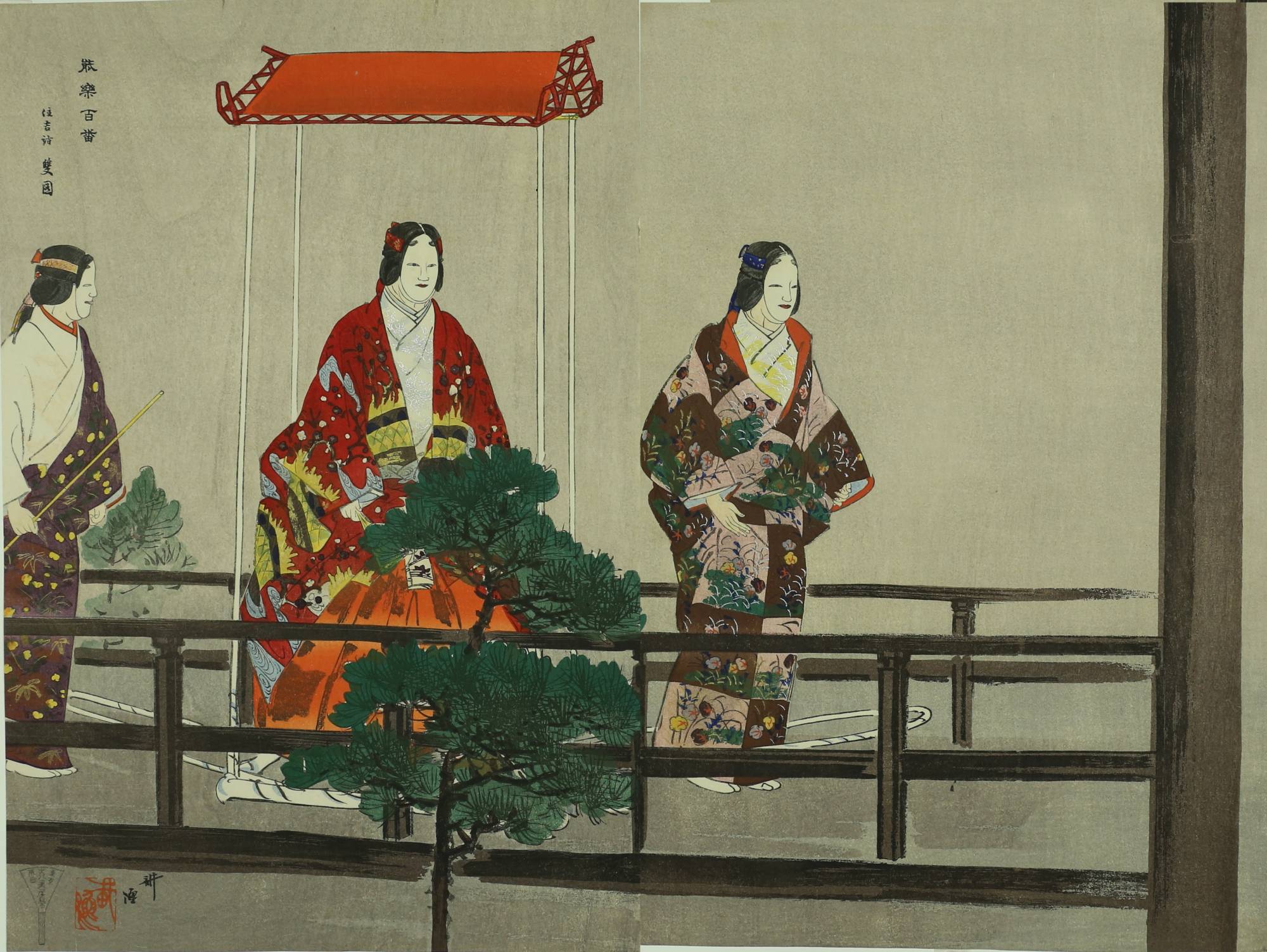Fortune was unfair to Tsukioka Kogyo. A gifted draftsman with an acute sense of the expressive power of color, he had talent galore. Had he been active in the first half of the 19th century, when ukiyo-e enjoyed its heyday, his work might have gained broad recognition. Alas, Kogyo was born late, in 1869, when the art form was already in decline. By the time he entered his artistic maturity in the 1890s, it was on its last legs. Today, his name is largely forgotten.
This was no fault of his own. For much of the Edo Period (1603-1868), woodblock prints had enjoyed unprecedented popularity. They were used to reproduce text and images for books, commercial advertising, playing cards, votive images and even board games. By pushing the technology to its limits, the most accomplished craftsmen were also able to produce spectacular single-sheet polychrome prints that were admired for their artistic qualities and avidly collected by enthusiasts.
Things began to change in the late-1850s when Japan opened its borders and gained access to Western technology. New media — photography, oil painting, magazines and newspapers — flooded in and gradually pushed aside older forms such as woodcuts. To succeed, budding artists like Kogyo needed a niche.



